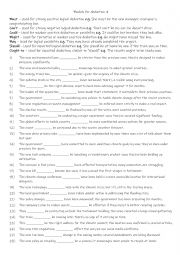
|
A2-B1 Modals for deduction 4
First, students need to familiarise themselves with the modals and their use. Then they read the sentences to see which one is needed to complete the gap-fill. Each modal is used 4 times! Answers on page 2
Level: elementary
Age: 9-100
Type:
Downloads: 110
|
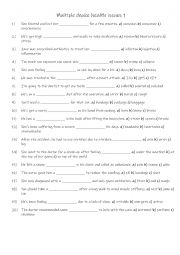
|
A2-B1 Multiple choice health issues 1
Students read the sentences and choose the correct word out of the given choices. Answers on page 2.
Level: elementary
Age: 8-100
Type:
Downloads: 111
|
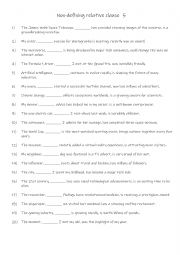
|
A2-B1 Non-defining relative clause 5
Students complete the gap-fill with the correct word. Answers on page 2.
Level: elementary
Age: 9-100
Type:
Downloads: 105
|
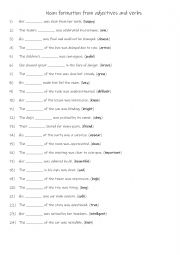
|
A2-B1 Noun formation from adjectives and verbs
Understanding how to create nouns from adjectives and verbs broadens students´┐Ż vocabulary. For instance, knowing that "happy" (an adjective) can become "happiness" (a noun) or "decide" (a verb) can become "decision" (a noun) enriches their ability to express ideas. Using a variety of noun forms can make your writing and speaking more dynamic and en...
Level: intermediate
Age: 8-100
Type:
Downloads: 120
|
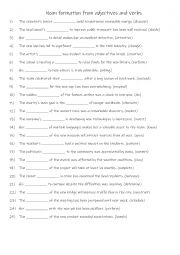
|
A2-B1 Noun formation from adjectives and verbs - 2
Learning noun formation from adjectives and verbs helps students develop a deeper understanding of word structures and enhances their vocabulary. Understanding how nouns are formed from adjectives and verbs helps students expand their vocabulary and use a wider range of words in their writing and speaking. It reinforces understanding of grammatical...
Level: intermediate
Age: 10-100
Type:
Downloads: 122
|
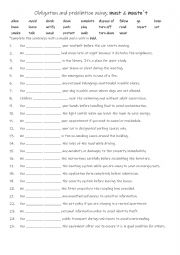
|
A2-B1 Obligation and prohibition using must & mustn´┐Żt
Students read the sentences and decide what modals and verbs are needed to complete the sentences. After the work has been checked, students could have a speaking reinforcement activity in pairs or small groups. They could discuss the sentences and give their opinions or reasons for or against. This worksheet is suitable for A2 -B1 LEVEL. Answers O...
Level: intermediate
Age: 8-100
Type:
Downloads: 107
|
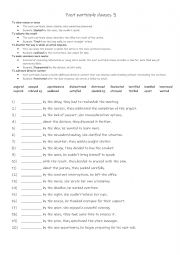
|
A2-B1 Past participle clauses 3
Students complete the gap-fill with the correct word. Answers on page 2.
Level: elementary
Age: 8-100
Type:
Downloads: 114
|
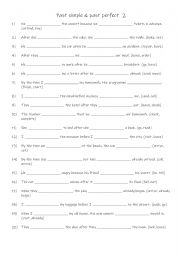
|
A2-B1 Past simple & past perfect 2
Learning the past simple and past perfect tenses is crucial for students as it helps them communicate clearly about past events, showing when actions occurred and how they relate to one another in time. Mastering these tenses improves storytelling, writing, and speaking, enabling students to convey events in a logical and nuanced way. Additionally,...
Level: elementary
Age: 9-100
Type:
Downloads: 114
|
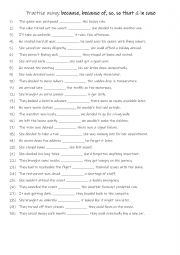
|
A2-B1 Practise using: because, because of, so, so that & in case 1
Learning to use "because," "because of," "so," "so that," and "in case" helps improve clarity and precision in communication. These phrases allow you to explain reasons ("because," "because of"), show results ("so"), indicate purpose ("so that"), and talk about future possibilities ("in case"). Mastering these structures enhances your ability to pr...
Level: elementary
Age: 8-100
Type:
Downloads: 106
|
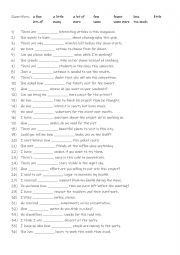
|
A2-B1 Practise with 13 quantifiers
Students familiarise themselves with the 13 quantifiers and their usage. Then they read the sentences to see which one is suitable to complete the gap-fill. Answers on page 2.
Level: elementary
Age: 9-100
Type:
Downloads: 102
|












